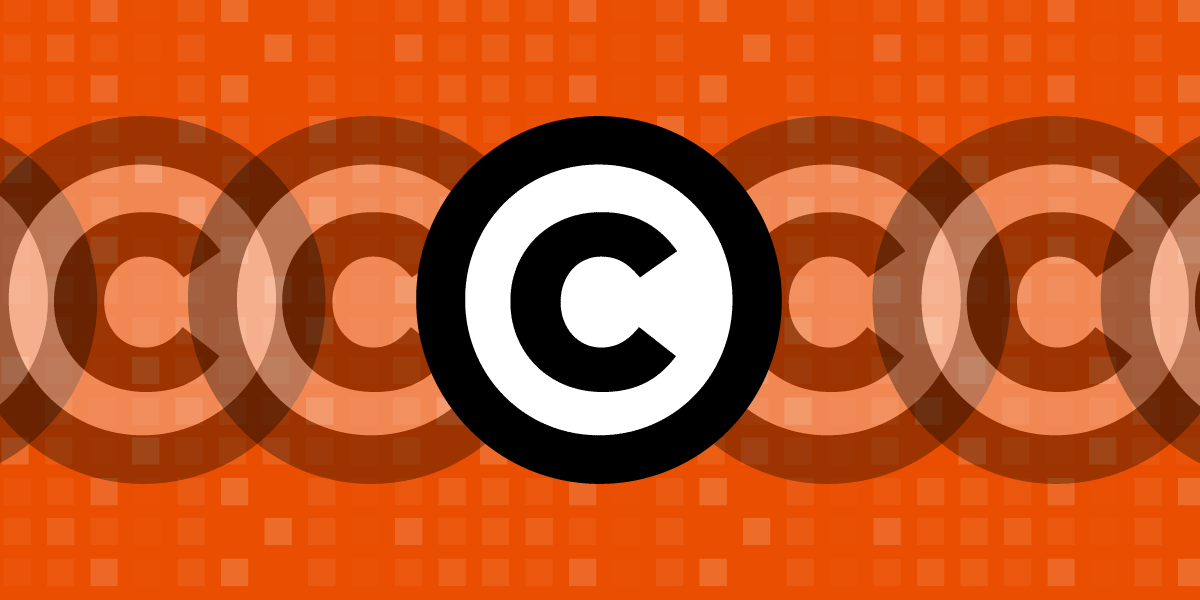Figuring out the correct boundaries of software copyright protection is a difficult task. As several judges have put it, “applying copyright law to computer programs is like assembling a jigsaw puzzle whose pieces do not quite fit.” Last week, the U.S. Court of Appeals for the Federal Circuit solved one piece of that puzzle, by approving a procedural framework for analyzing software copyright cases.
Previously, the Federal Circuit failed miserably at solving that puzzle. It had issued two horrible computer copyright decisions in the long-running Oracle v. Google saga. The first of those opinions held that the Java Application Program Interfaces (APIs) were eligible for copyright protection. The second reversed a jury’s determination that Google’s use of the Java APIs was a fair use. Fortunately, the Supreme Court stepped in and reversed the second opinion, finding fair use. Unfortunately, the Court’s fair use decision left open the first issue, whether APIs are copyright-eligible in the first place.
In a decision last week, the Federal Circuit finally got something right about copyright
In a decision last week, the Federal Circuit finally got something right about copyright, or at least the framework for deciding copyrightability of functional aspects of software. The case is between SAS Institute Inc. (SAS) and World Programming Ltd. (WPL). The two companies have been feuding for years over SAS’s effort to effectively own the SAS Language, a high-level programming language used to write programs for conducting statistical analysis. The language was originally developed in the 1970s at a public university and dedicated to the public domain.
It is undisputed that WPL didn’t copy SAS’s actual copyrighted code. Instead, SAS claimed that WPL copied nonliteral, functional elements of its system: input formats (which say how a programmer should input data to a program to make the program work properly) and output designs (which the computer uses to let the programmer view the results correctly). These interfaces specify how the computer is supposed to operate—in response to inputs in a certain format, produce outputs that are arranged in a certain design. But those interfaces don’t instruct the computer how it should perform those functions, for which WPL wrote its own code. SAS’s problem is that copyright law does not, and should not, grant a statutory monopoly in these functional elements of a computer program.
The district court rejected SAS’s claims and dismissed the case, finding that SAS didn’t identify any aspect of its program that WPL used that is protected by copyright. Last week’s Federal Circuit decision affirmed the district court. Both courts agreed that the “abstraction-filtration-comparison” (AFC) analysis is appropriate to determine which elements of the plaintiff’s program is protected. After dissecting a program into component parts, courts must filter out unprotected elements, such as ideas, processes, facts, and public domain information. Courts then compare what’s left to see if there are any protectable elements that are infringed. This analytical method has been used by many courts across the country.
Applying that analysis here, SAS’s input formats and output designs were unprotectable ideas and processes, meaning that WPL didn’t infringe anything protected by copyright. The Federal Circuit approved the district court’s use of a “copyrightability hearing” to conduct the AFC assessment—the appeals court analogized that hearing to similar procedures used for patent claim construction or for trade secret cases.
At the copyrightability hearing, WPL and its expert demonstrated that:
the allegedly copied materials contained unprotectable open-source elements; factual and data elements; elements not original to SAS; mathematical and statistical elements; process, system, and method elements; well-known and conventional display elements, such as tables, graphs, plots, fonts, colors, and lines; material for which SAS is not the author; statistical analysis; scènes à faire elements; and short phrase elements.
SAS failed to rebut this analysis, meaning that after the filtration step, SAS had failed to show protectability of any asserted parts of its programs. Per the Federal Circuit, “[a]s the district court correctly explained, copyright protectability ‘consists of the absence of the various species of unprotectability.’” Finally, the appeals court rejected the notion that asserted elements are protectable solely because they are allegedly “creative” or because “other choices exist,” and stated that “it would be improper for a district court to permit a matter to proceed to trial on the basis of vague and unidentified theories.”
EFF had filed an amicus brief supporting WPL in the appeal. We are pleased that the Federal Circuit agreed with its sister courts in excluding unprotectable ideas and processes from copyright protection.










